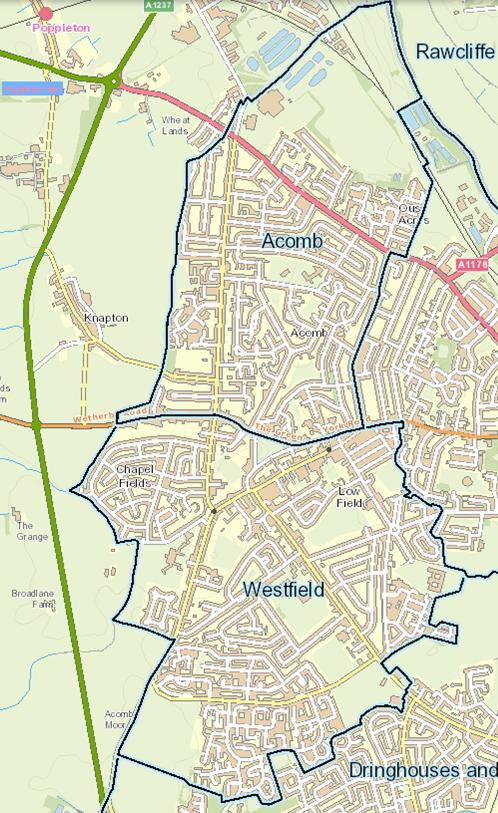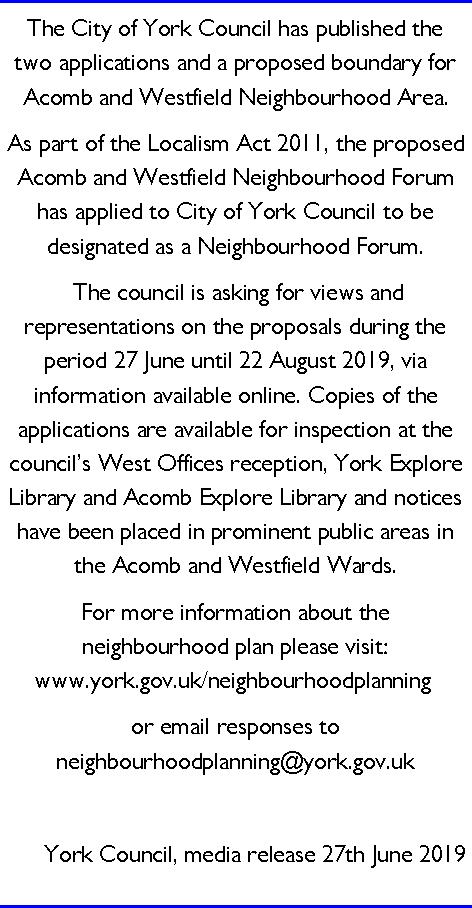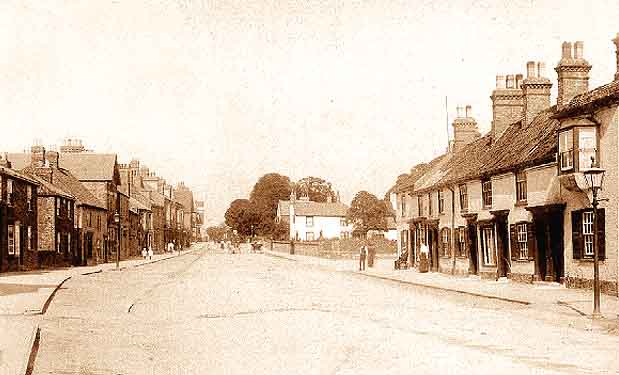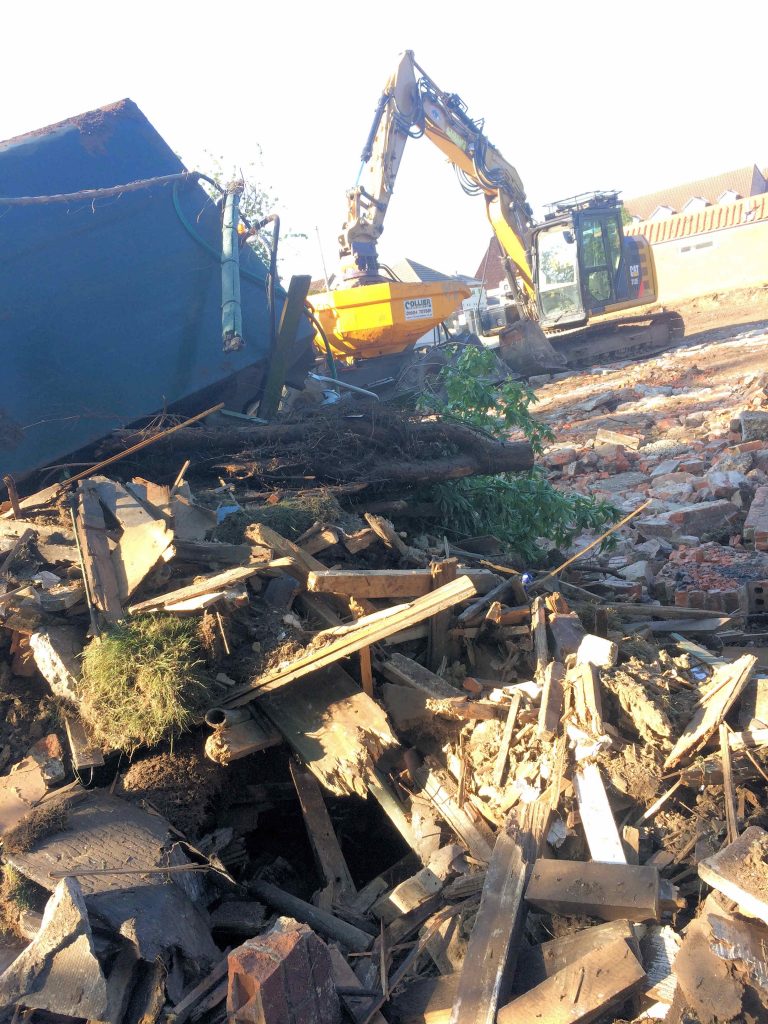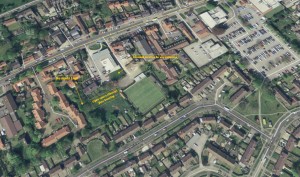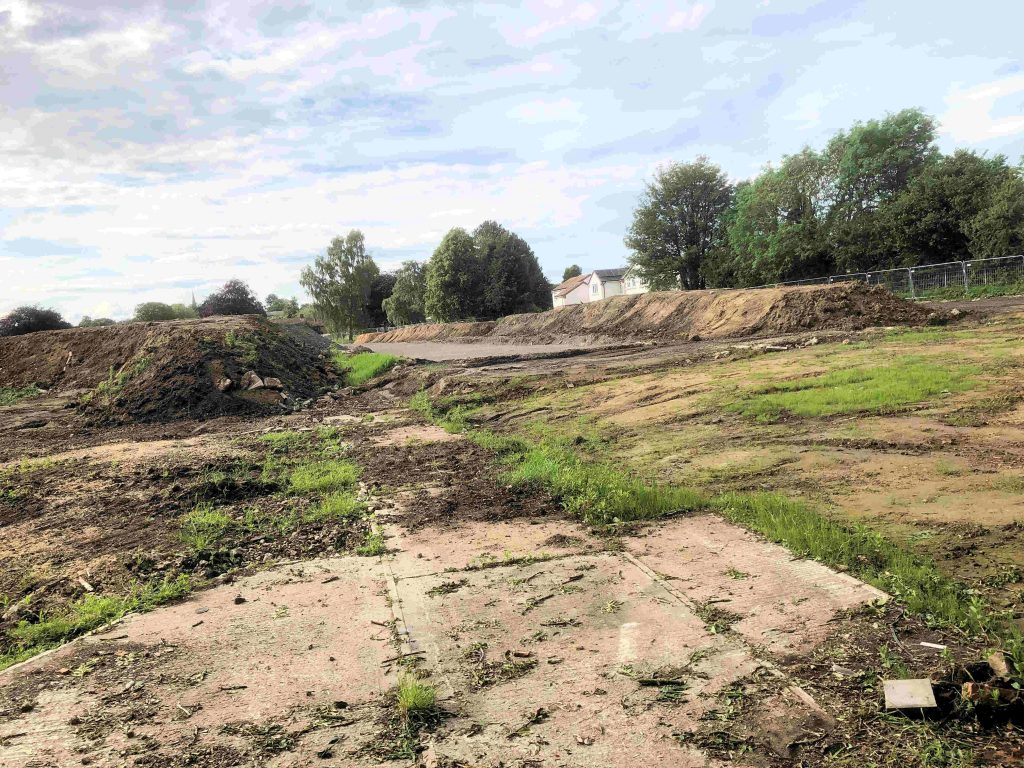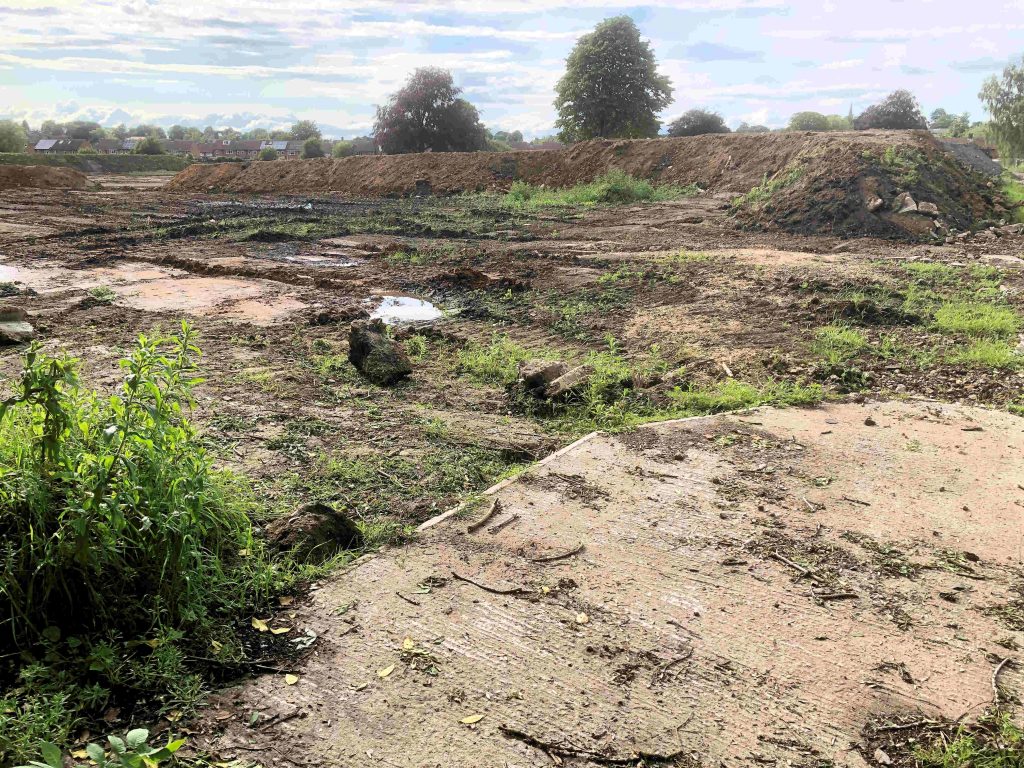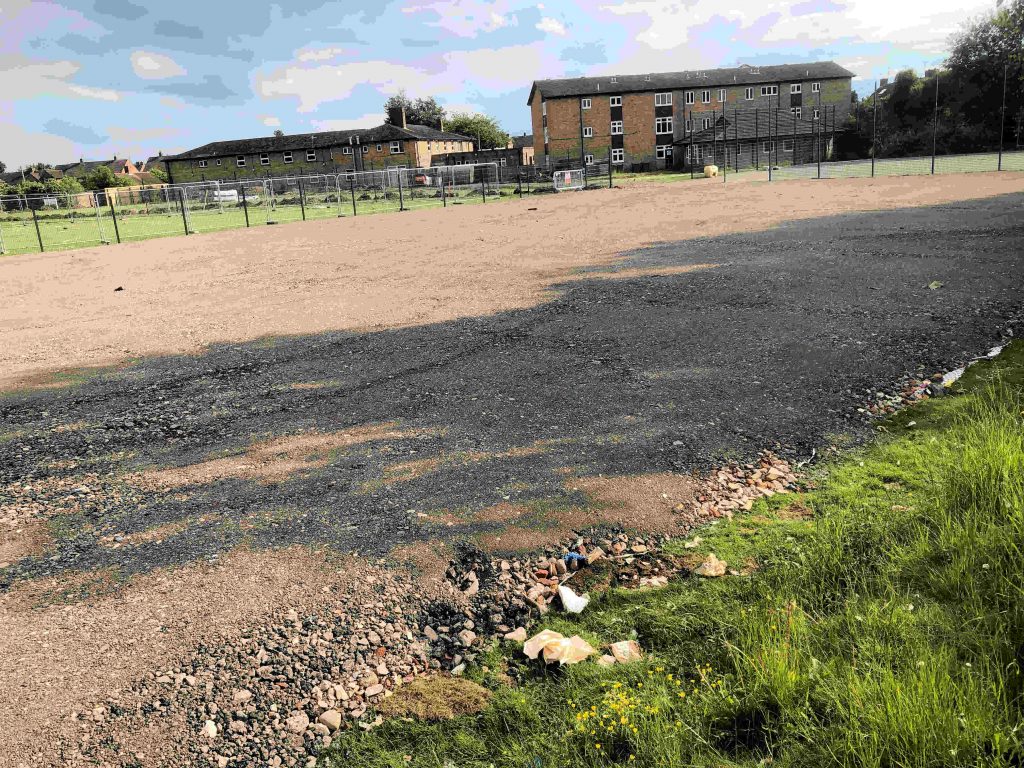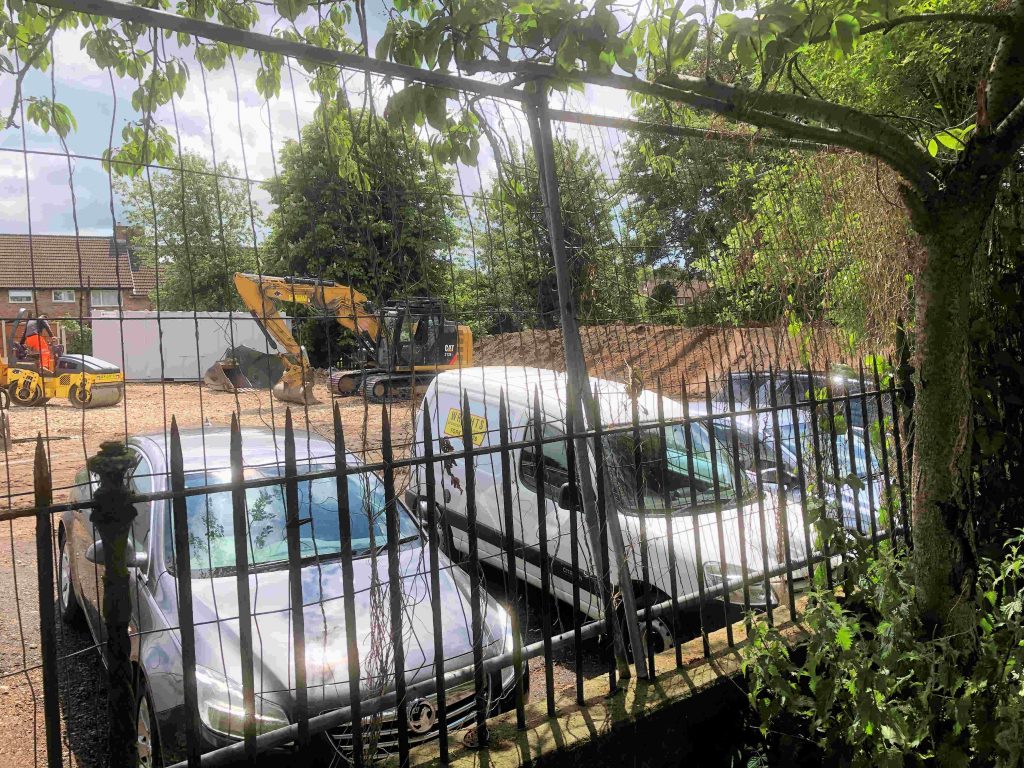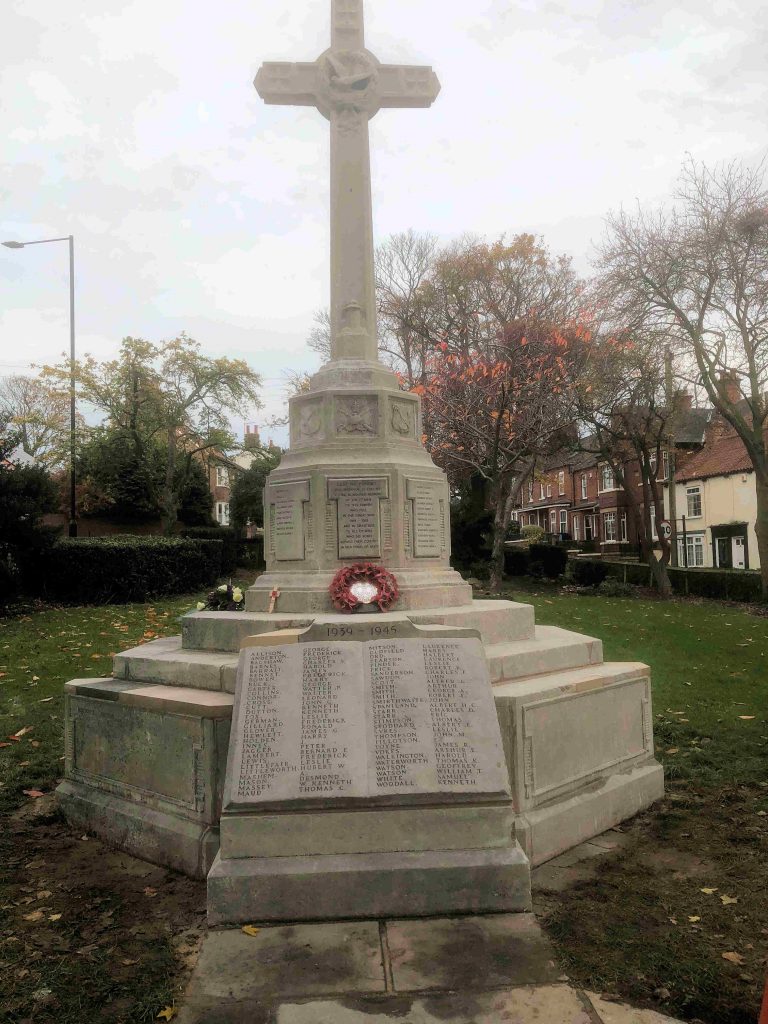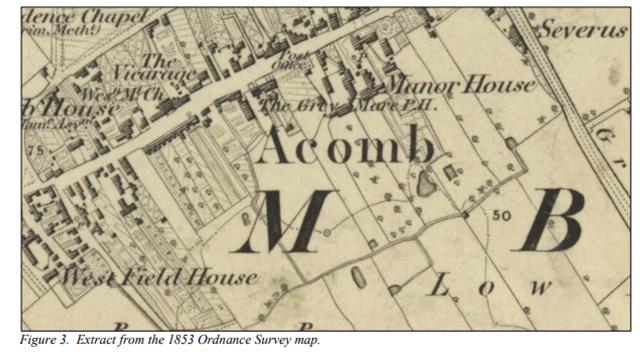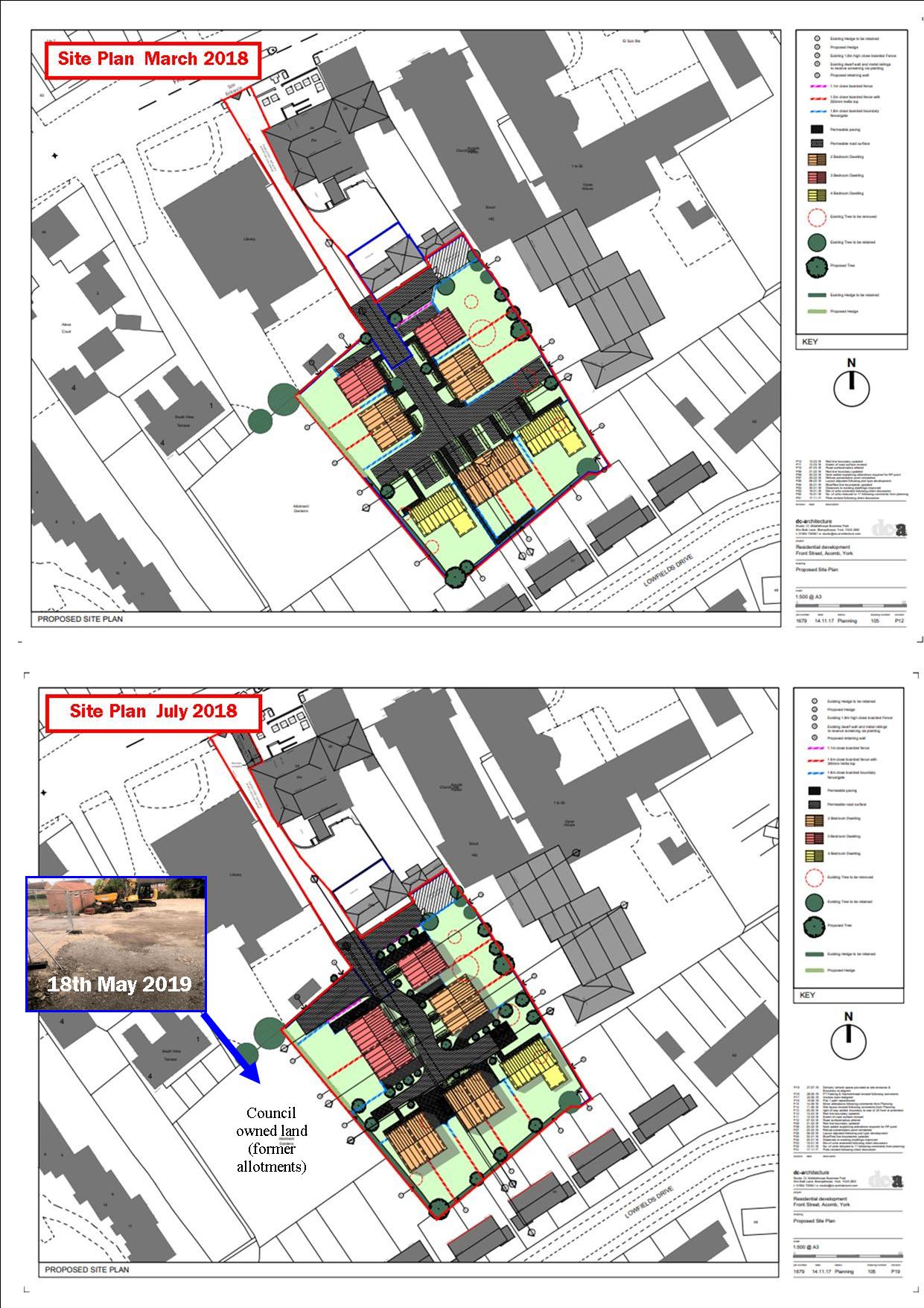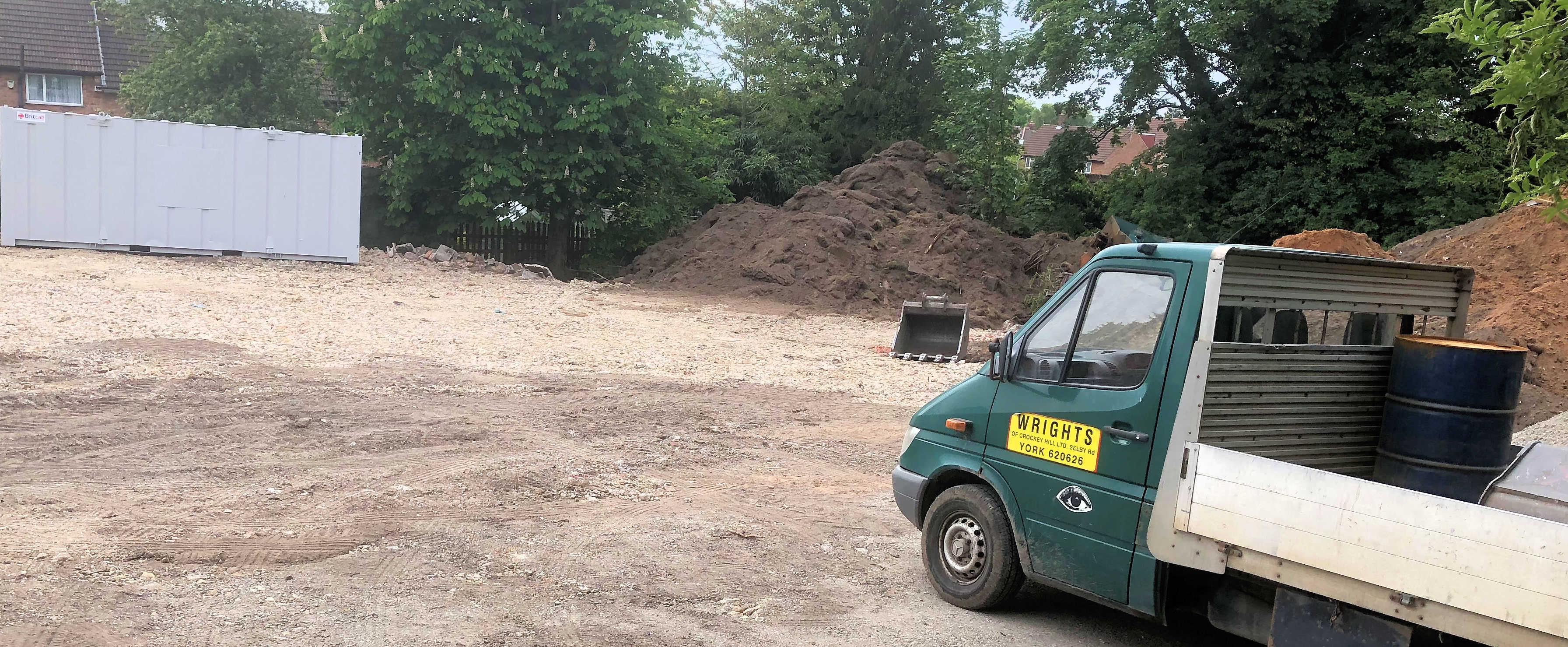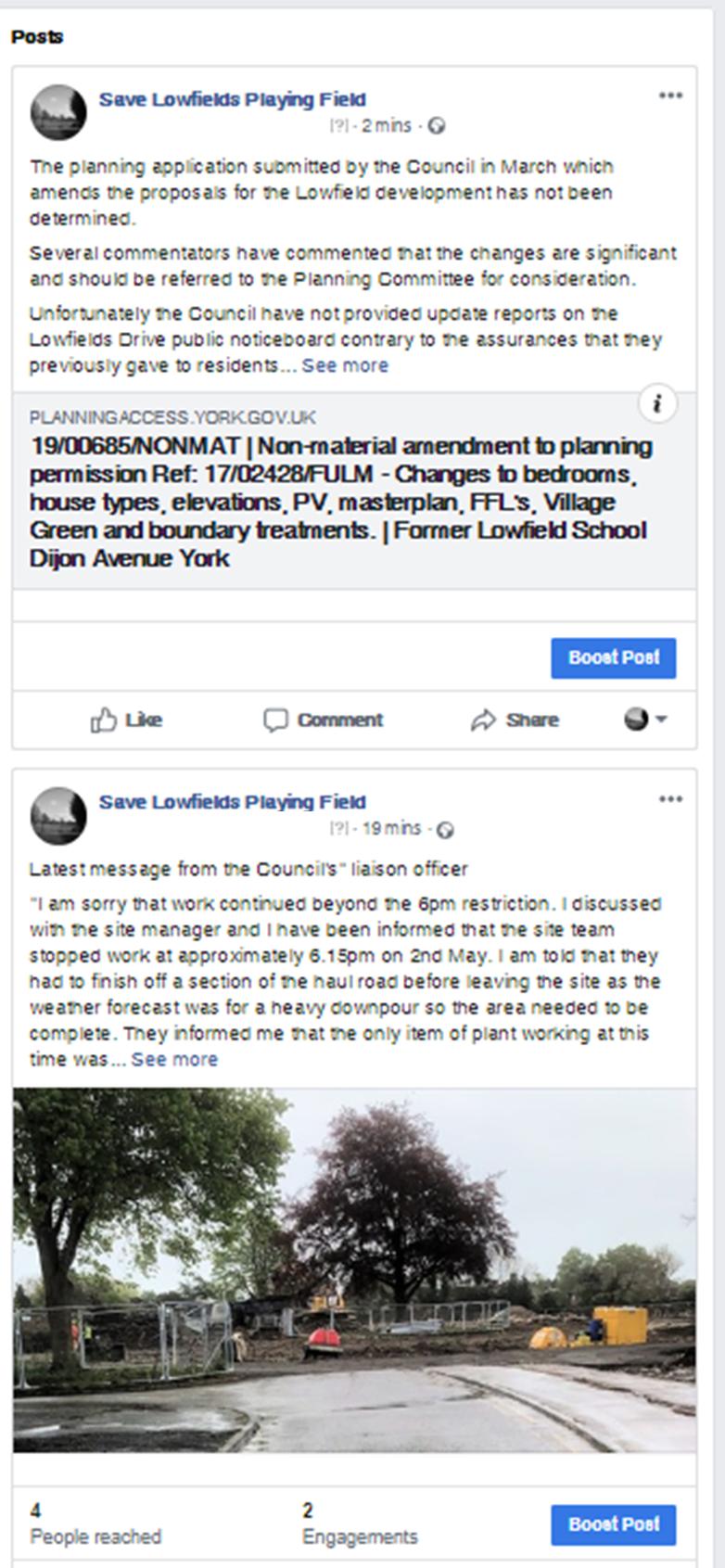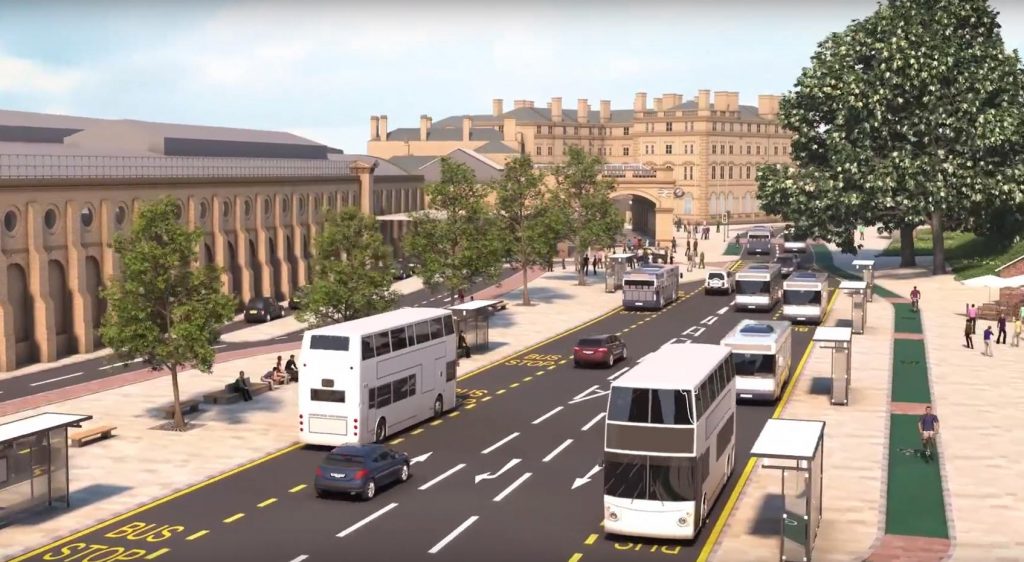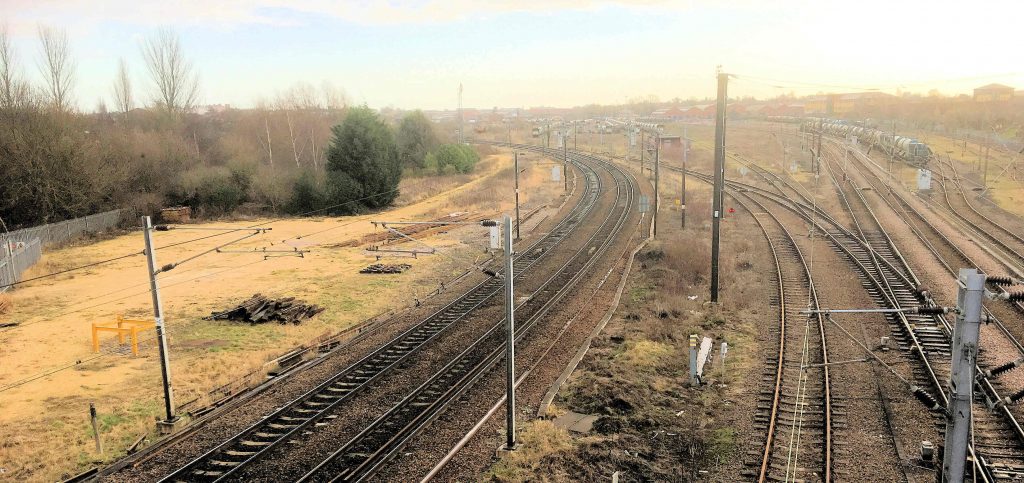A Planning Inspector has rejected an appeal regarding the Spark container village on Piccadilly.
The owners of the units were hoping to avoid installing wooden cladding on the outside of the shipping containers as was required by the original planning consent granted in May 2017.

In August 2018 the Councils planning committee refused to remove the requirement for the containers to be clad in timber panelling. They concluded that the industrial style containers had an adverse impact on the appearance of the Central Conservation Area.
Spark appealed against this decision.
The appellants claimed that “that the financial implications of the approved installation would be prohibitive and would put the entire project at risk”.
However, the Inspector said that the costs of the cladding would have been known from the start.
The Inspector concluded “I find that no public benefits have been demonstrated that would outweigh the harm and there is no clear and convincing justification for the variation of the condition”.
Despite much prevarication, the controversial Spark project now seems to have reached the end of the road. Their lease expires next July anyway, and the Council will be eager to market the site for a more sustainable use.
The site is likely to be worth over a million pounds – money that the Council desperately needs to sustain the rest of its capital investment programme. The most viable use would be for a visitor attraction on the ground floor with either flats, offices or a hotel above.
The Council will also be expected to reveal how much their share of the “profits” on the development have actually been received.
The profit share arrangement was a key consideration when the Councils Executive agreed to release the site at their meeting in November 2016. The taxpayers investment of over £40,000 in infrastructure was to have been repaid from these “profits”.
The shipping containers arrived on site in September 2017. They were widely regarded as “ugly” with street art graffiti on the Piccadilly frontage making the appearance even worse. The containers blight the Piccadilly area which is otherwise seeing signs of regeneration. Three new developments are currently underway on the opposite side of the road and a “Castle Gateway” masterplan is in the process of being approved.
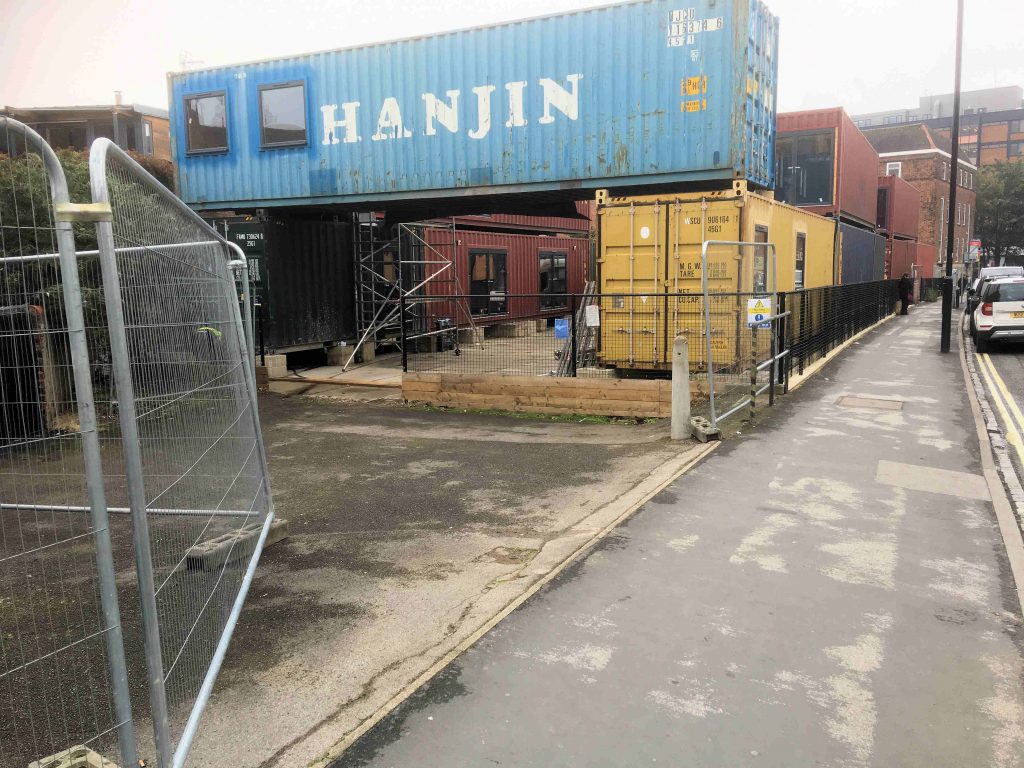
We think that Spark have been playing the Council along for many months.
The issue will be a major test of the effectiveness of the newly elected York Council. They must seek to quickly enforce the planning conditions on the site, while also recovering any outstanding debts.
They would also be wise to start marketing the site for future development.

